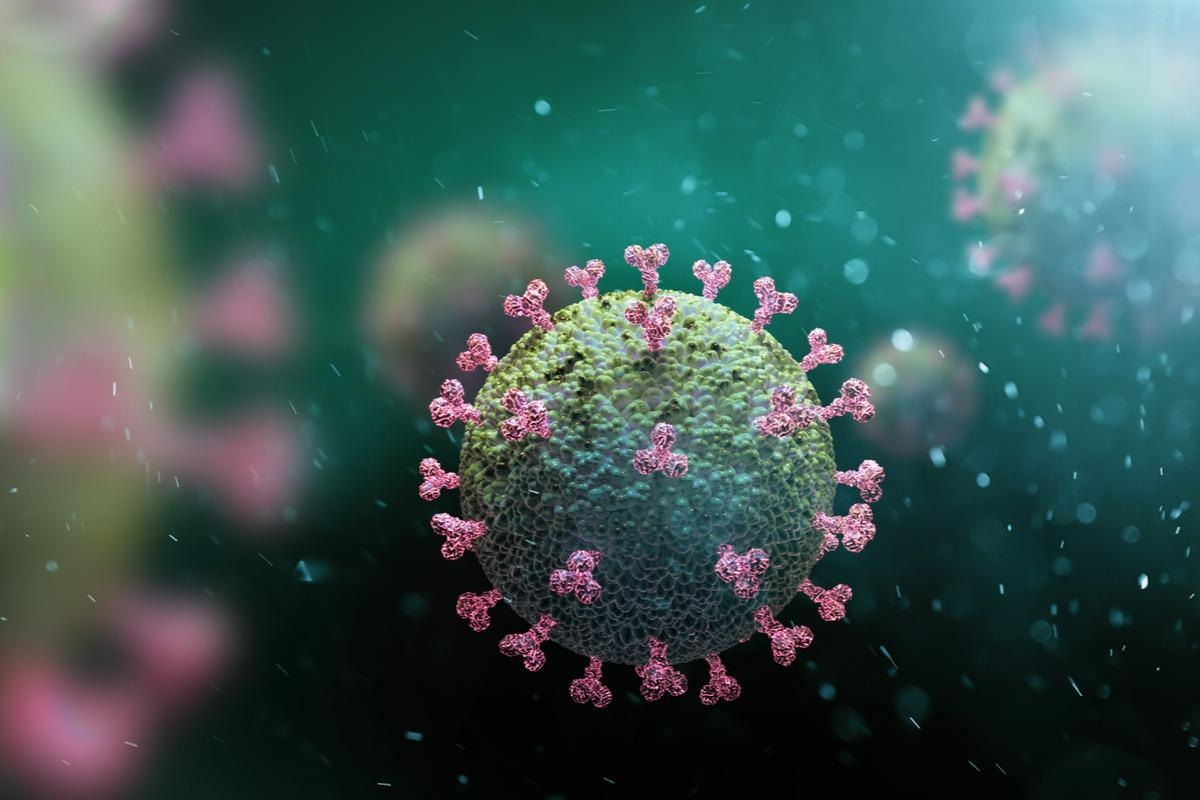When it comes to finding effective treatments against coronaviruses such as severe acute respiratory syndrome coronavirus 2 (SARS-CoV-2), researchers are finding there’s little need to reinvent the wheel. Repurposing existing treatments for other conditions may be effective in inhibiting viral infection and reducing symptoms of severe infection.
 Study: A signaling pathway-driven bioinformatics pipeline for predicting therapeutics against emerging infectious diseases. Image Credit: Andrii Vodolazhskyi/Shutterstock
Study: A signaling pathway-driven bioinformatics pipeline for predicting therapeutics against emerging infectious diseases. Image Credit: Andrii Vodolazhskyi/Shutterstock
Researchers from Brigham Young University in Utah published a study in F1000Research where they developed a bioinformatics pipeline that uses RNA sequencing data to identify altered genes and signaling pathways affected by viral infection. Identifying these altered genes may help predict drugs that could be repurposed to target human proteins in dysregulated pathways.
Identification of altered genes in infected cells
The bioinformatic pipeline implemented algorithms to identify differentially expressed genes for human cells infected with either respiratory syncytial virus (RSV), influenza A virus (IAV), Middle East respiratory syndrome (MERS), severe acute respiratory syndrome (SARS), or SARS-CoV-2. Specifically, the researchers identified the number of genes that were significantly up-regulated or down-regulated.
Cells infected with IAV had 4,205 altered genes, 3,661 altered genes with RSV, about 1,222-13,006 altered genes with MERS, and a range of 2,130-5,557 genes with SARS-CoV. SARS-CoV-2 changed approximately 427 to 6,933 genes.
Across all viral infections, 11 genes such as TRIM25 and NFKB2 showed increased expression. Additionally, the researchers observed 18 upregulated genes. Fourteen genes had decreased expression.
Differentially expressed genes shared amongst betacoronaviruses only — SARS-CoV, MERS-CoV, and SARS-CoV-2 — included 12 upregulated genes and 10 downregulated genes.
One of the most statistically significant differentially expressed genes includes CXCL11. The CXCL11 gene is expressed by interferon and plays a role in T-cell signaling.
Other genes that were significantly changed after viral infection includes MUC3A, PCSK5, MRC1, and CLEC3B. The researchers note that this was an expected finding as well because of their role in helping with viral replication and host intracellular transcriptional response.
The researchers next analyzed which cellular genes were significantly enriched after infection. Doing so would lead to a better understanding of which biological processes and molecular functions the virus affects. Their findings showed 580 enriched genes during viral infection.
Some enriched genes were shared amongst viruses and with certain betacoronaviruses. Genes involved in the host interferon response, regulation of virus response, chemokine activity, and immune cell migration were enriched among A549 cells infected with either RSV or SARS-CoV-2.
MERS-CoV enriched genes involved in “negative regulation of inclusion body assembly.” Additionally, MERS-CoV enrich genes involved in selective degradation of proteins. While SARS-CoV samples had significantly less enriched genes, but those that were negatively enriched had a role in the “signal peptidase complex” and “cyclin dependent protein serine threonine kinase activator activity.”
SARS-CoV-2 samples had genes involved in about 290 different cellular roles. The most significantly enriched genes in NHBE- and A549-infected cells involved “response to chemokine”, “antimicrobial humoral response”, and “humoral immune response.” Additionally, NHBE-infected cells were more likely to have altered genes involved in the immune response.
Dysregulated signaling pathways after viral infection
Infected cells with differentially expressed genes also changed intracellular signaling pathways.
Using the analysis from differential gene expression, the researchers used a bootstrap-based approach of that method to identify 249 pathways altered due to viral infection.
Dysregulated pathways included those involved in translation, cytokine-cytokine receptor interaction, and rRNA processing.
Viral infection was found to force activate some pathways while inhibiting others. For instance, a pathway that modulates cytokine-cytokine receptor interaction was activated with RSV infection but inhibited with SARS-CoV infection.
Thirty-eight pathways were uniquely affected by SARS-CoV-2. A majority of affected pathways were linked to immune activation in the host cell.
For interleukin-6 signaling, SARS-CoV-2 upregulated 6 of the 11 proteins in the pathway. SARS-CoV-2 also downregulated one protein.
Repurposing of treatments
After identifying dysregulated signaling pathways, their next step was to look for any drug targets in those pathways that could be manipulated by therapeutics to inhibit infection or viral replication.
The researchers compared their pathway analysis results with drug-target information from a database that revealed 179 potential human drug targets. The targets were ranked based on how many betacoronaviruses share the same drug target.
A total of 38 human protein targets could be used to inhibit 10 coronaviruses, including MERS-CoV, SARS-CoV, and/or SARS-CoV-2. For instance, some targets identified are interferon (IFN)-A, IFN A receptors, ILI1A, and IL12B.
Twenty-one other targets were members of the tumor necrosis factor superfamily. Seven targets specific to SARS-CoV-2 included JAK1, FDPS, TLR7, TLR9, PRKCA, TYK2, and VDR.
The analysis also predicted 12 existing drug that could be repurposed to inhibit 73.3% of coronaviruses. Additionally, the identified therapeutics were predicted to work 100% against SARS-CoV-2. Eight of the drugs are used to treat autoimmune disorders, and five are used against hepatitis C virus.